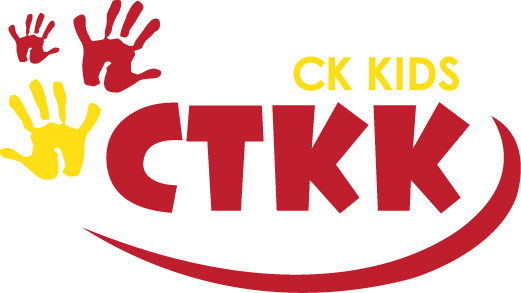
Youth Sports & Coronavirus: When and What Can Kids Play?
Everything you need to know about the return of youth sports and inter-scholastic sports the New York area.
Get kid-friendly activities sent to you!
Get the Best Kid-Friendly Activities
Sent to You Weekly!
The Centers for Disease Control and Prevention also recommends that youth sports organizations implement several strategies in an attempt to reduce the spread of COVID-19 during these activities, including:
- Educating staff and players about when they should stay home and when they can return
- Increasing awareness of physical distance between athletes, staff and spectators
- Requiring the consistent and correct use of masks by athletes, staff and spectators
- Informing athletes and coaches of hand hygiene and respiratory etiquette
- Posting signs and messages in highly visible locations that promote protective measures
- Cleaning and disinfecting frequently touched surfaces
Above all, Meryl Newman-Cedar, M.D., a pediatrician at Upper East Side Pediatrics, advises “parents and guardians teach children that if they want to play sports, especially higher risk ones, they need to learn the risks and how to obey the rules.
How Teams Determine Whether it’s Safe to Play
Given the way sports are played and the way in which equipment is shared among players, the CDC asks participants and responsible parties consider:
- Community levels of COVID-19
- Physical closeness of players
- Level of intensity of activity
- Length of time that players are close to each other or to staff
- Setting of the sporting event or activity
- Amount of necessary touching of shared equipment and gear
- Ability to engage in physical distancing while not actively engaged in play
- Age of the player
- Players at higher risk of developing severe illness
- Size of the team
- Nonessential visitors, spectators, volunteers
- Travel outside of the local community
- Behavior of the athletes off the field
Plus, local health authorities are asked to consider the following factors in authorizing or continuing to prohibit higher risk sports and recreational activities, according to the Department of Health. In many areas, these factors may weigh against permitting such activities:
- Whether there has been a more-transmissible variant of COVID-19 identified in the area
- Local rates of COVID-19 transmission or rate of positivity
- Local ability to monitor and enforce compliance.
If organizations are unable to maintain safety measures during competition, they should consider limiting participation to within-team competition only. If organizations cannot maintain safety measures during team-based activities, they should consider individual or at-home activities, especially if members of a team are at higher risk of illness.
Guidelines for Spectators
Arenas and stadiums must ensure that any indoor sport or recreational activity be limited to no more than 50-percent occupancy, including of employees, patrons, players, and spectators. It’s also recommended that spectators be limited to no more than 2 per player, and they must adhere to social distancing and wearing a face mask at all times.
Bottom line? “I think it’s really important that kids stay active and continue to play sports, and I do think it’s possible,” Dr. Newman-Cedar says. “In order to participate, however, that will mean restricting activities outside of sports. If sports are important to them, they need to learn now that this is a new, but fundamental part of the rules and guidelines.”
More information regarding COVID-19 safety guidelines and regulations in youth sports can be found at the Department of Health and the CDC.








